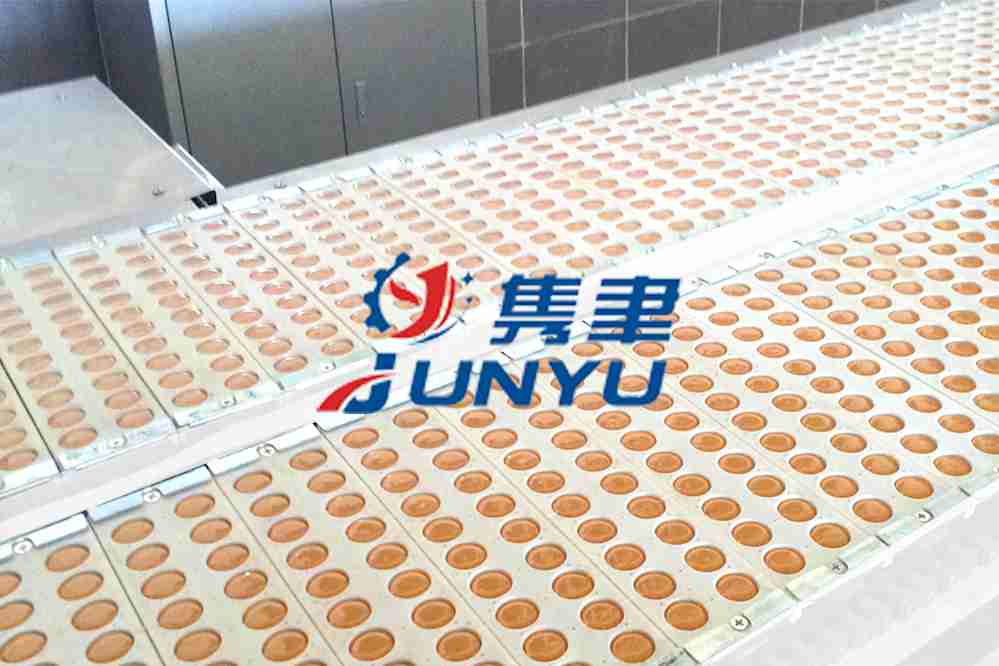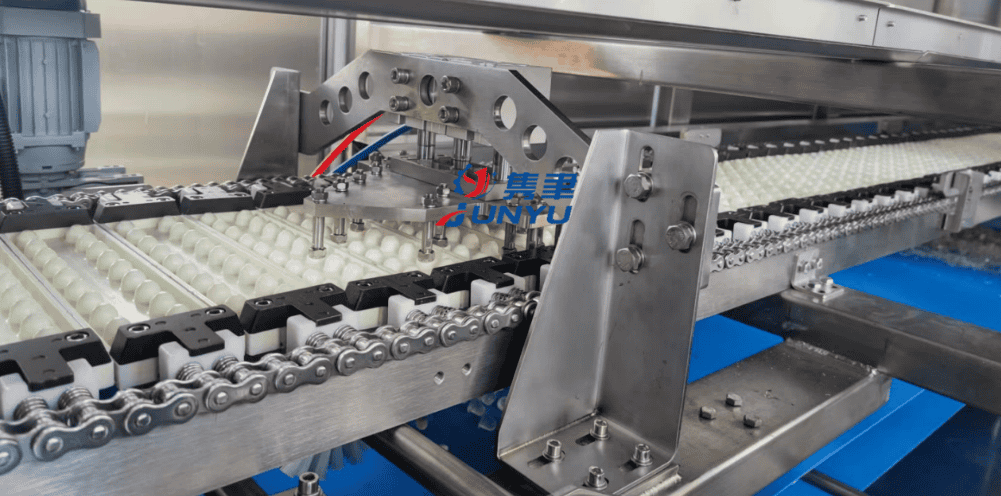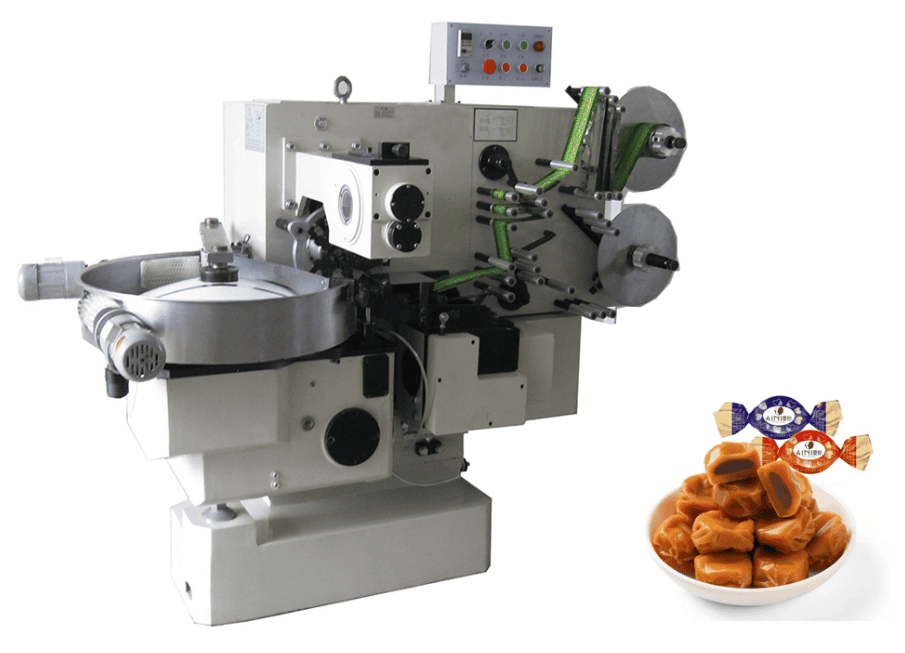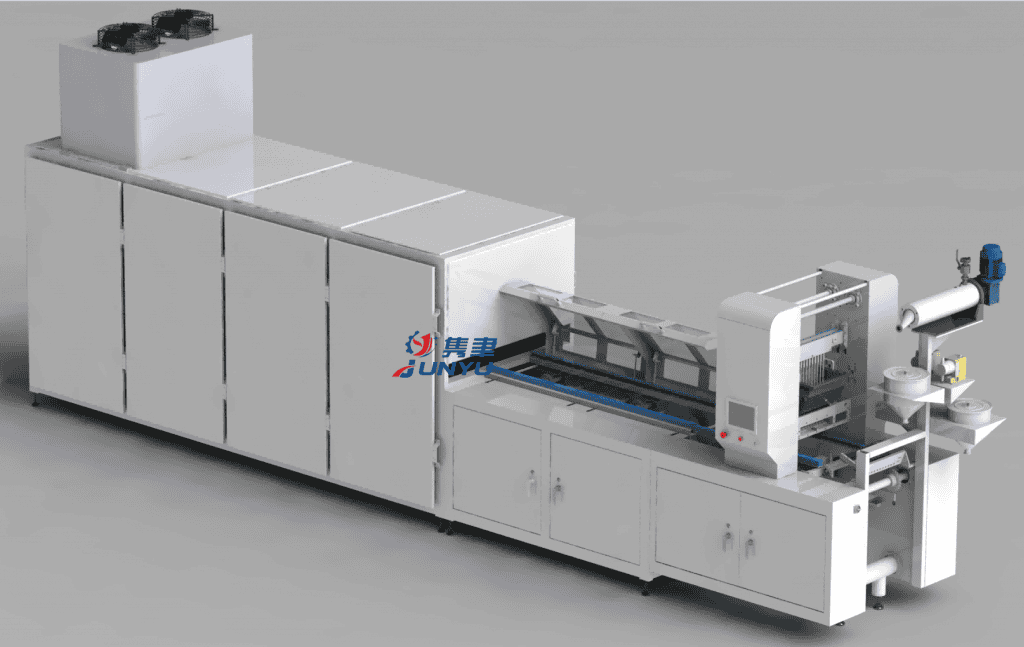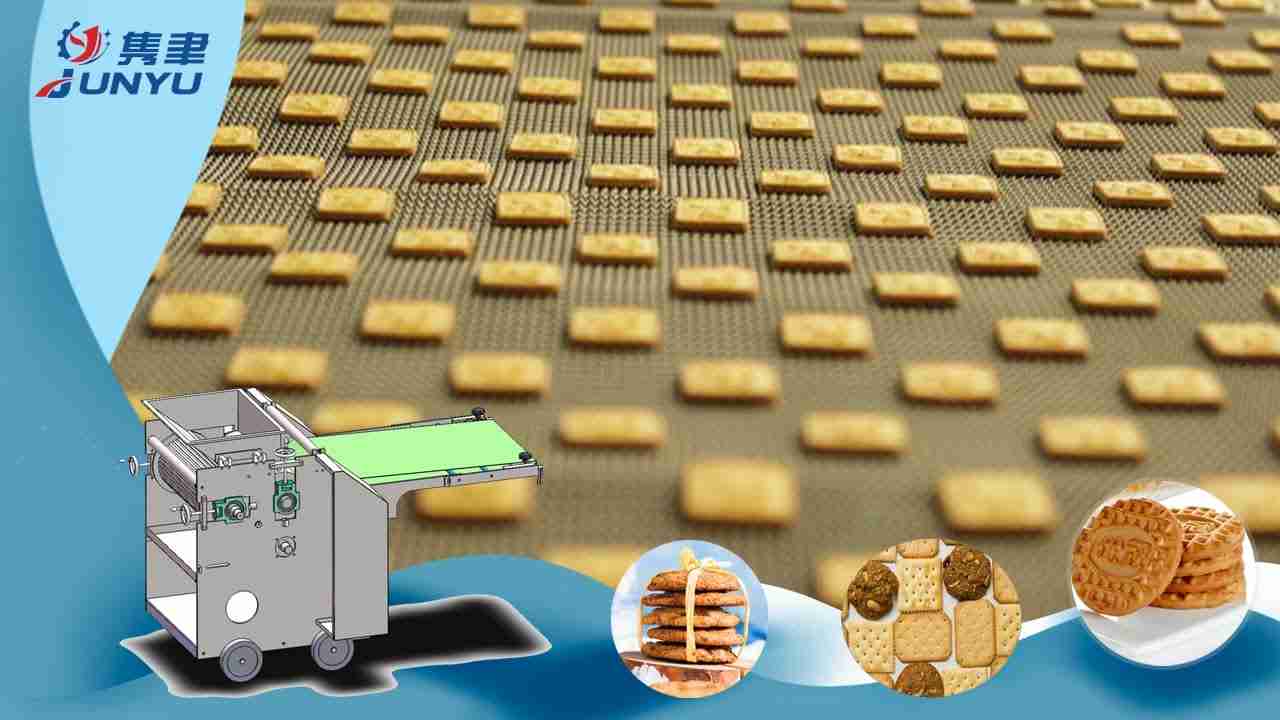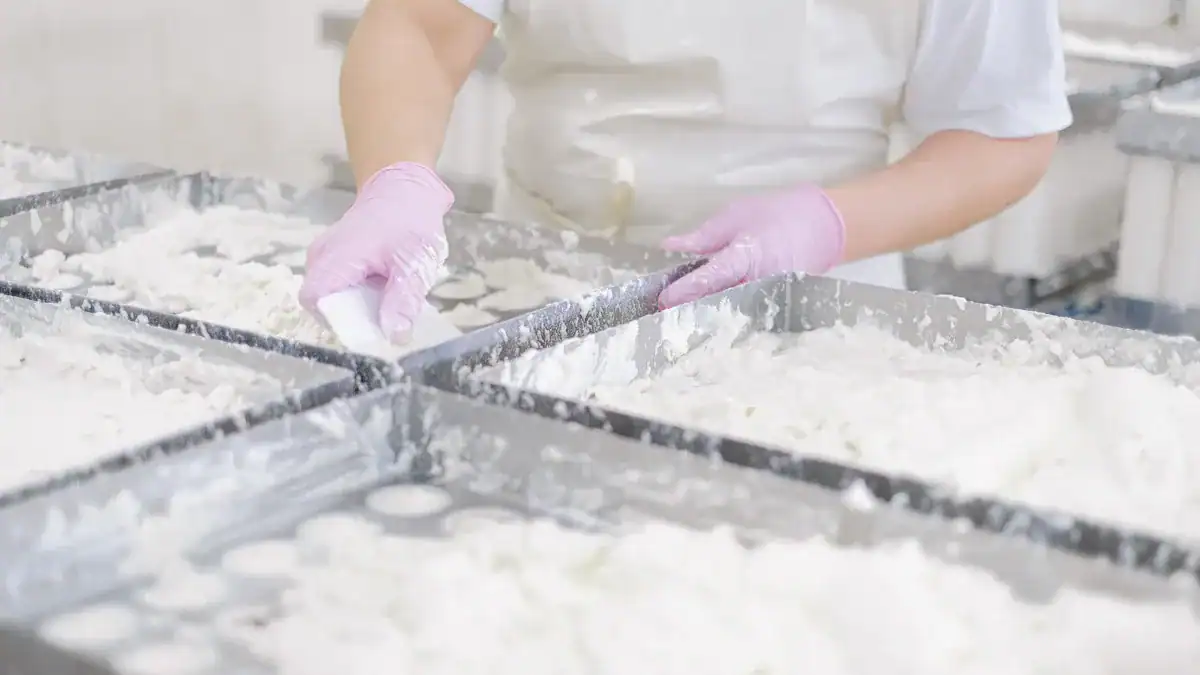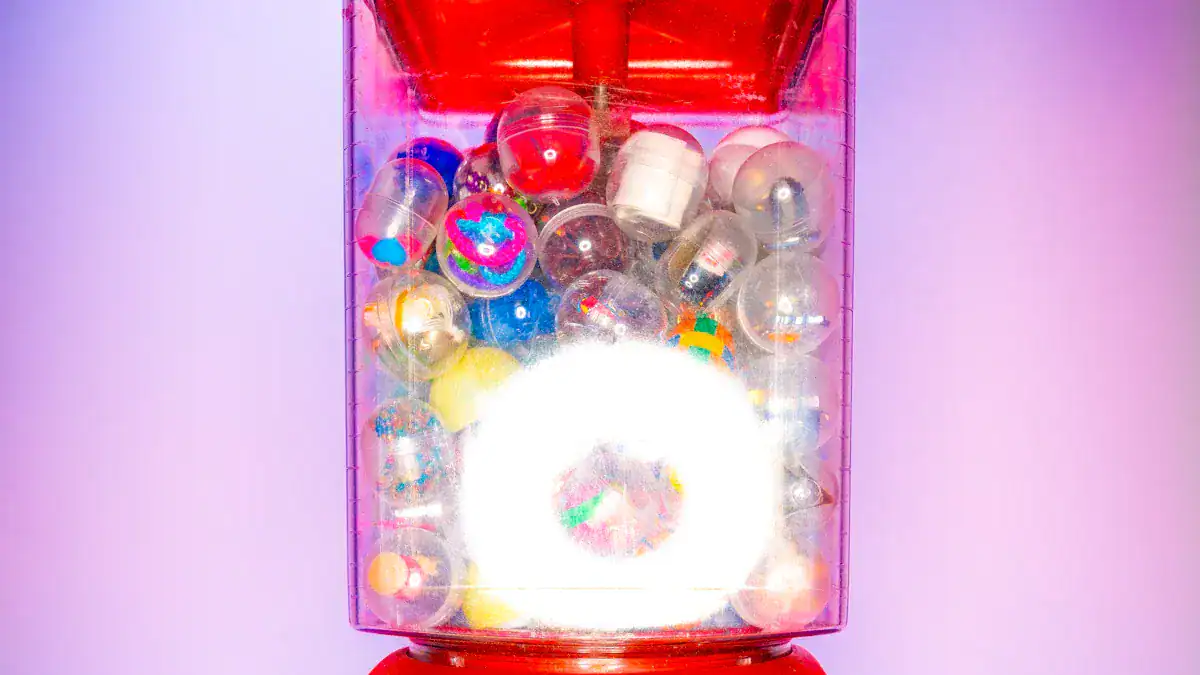The CE mark is a globally recognized symbol of compliance with health, safety, and environmental protection standards for products sold within the European Economic Area (EEA).
For those in the confectionery business, particularly jelly candy production, knowing if a jelly candy making machine is CE certified is crucial for both regulatory compliance and consumer confidence.
This comprehensive article will guide you through understanding what CE certification means, why it’s important, and how to verify if a machine bears this mark of quality.
1. Understanding CE Certification
CE certification indicates that a product meets EU directives and regulations, ensuring safety, performance, and quality. For jelly candy making machines, this means adherence to strict guidelines that impact the operation, safety features, and construction of the machine.
2. Importance of CE Certification
CE certification is not just a regulatory requirement; it’s also a sign of product quality and reliability. It assures consumers and regulatory bodies that the jelly candy making machine has been manufactured to high standards, reducing the risk of accidents and ensuring the safety of the final product.
3. EU Directives for Machinery
Several EU directives apply to machinery, with the Machinery Directive 2006/42/EC being the most relevant. This directive outlines the essential health and safety requirements that must be met by machinery manufacturers.
4. Assessing Compliance
Compliance with the Machinery Directive involves a thorough assessment of the machine’s design, construction, and operational safety. This includes risk assessments, safety features, and user instructions, all of which are verified through a conformity assessment procedure.
5. The Role of Notified Bodies
Notified bodies are organizations designated by EU member states to assess the conformity of products with EU directives. For a jelly candy making machine to receive CE certification, it must be tested and approved by a notified body.
6. Declaration of Conformity
A critical part of the CE certification process is the Declaration of Conformity (DoC). This document, issued by the manufacturer, declares that the product meets all relevant EU requirements and bears the CE mark.
7. Identifying the CE Mark
The CE mark should be visibly affixed to the jelly candy making machine, typically on a nameplate or a prominent part of the machine. It is often accompanied by additional information, such as the manufacturer’s details, the DoC reference, and any specific standards the machine complies with.
8. Verification of the CE Mark
To verify if a jelly candy making machine is CE certified, you can start by examining the machine for the CE mark and the associated information. If the mark is present, request a copy of the Declaration of Conformity from the manufacturer or the seller.
9. Checking the Manufacturer’s Claims
While the CE mark is a strong indicator of compliance, it’s also important to check the manufacturer’s claims. This can involve researching the manufacturer’s reputation, looking for customer reviews, or consulting with industry experts.
10. Inquiring with Notified Bodies
If you’re unsure about the authenticity of a CE mark, you can contact the relevant notified body that conducted the conformity assessment. They can confirm whether a particular machine model has been tested and approved.
11. Understanding Technical Documentation
Manufacturers of CE-certified machinery must produce technical documentation that details how the machine meets the essential health and safety requirements. Reviewing this documentation can provide further assurance of compliance.
12. Importance of Regular Maintenance
Even with CE certification, the safe operation of a jelly candy making machine depends on regular maintenance and adherence to safety protocols. Ensure that maintenance schedules are followed and that operators are trained in safe machine operation.
13. Legal Implications of Non-Compliance
Failure to comply with CE certification requirements can result in legal consequences, including fines, product recalls, and damage to the manufacturer’s or seller’s reputation.
14. CE Certification and International Trade
While the CE mark is specific to the EU, it is recognized in many countries outside the EU, facilitating international trade for machinery that meets these high standards.
15. The Evolution of CE Standards
CE standards are continually evolving to reflect advancements in technology and safety requirements. Stay informed about updates to ensure ongoing compliance.
16. The Impact of CE Certification on Business
CE certification can enhance a business’s reputation, provide access to the EU market, and instill consumer confidence in the quality and safety of the products made by the machine.
17. Training and Education
Educate yourself and your staff about the importance of CE certification and how to identify and verify it. This knowledge can be invaluable in making informed purchasing decisions.
18. The Broader Context of Certification
CE certification is part of a broader context of product certifications and standards that may apply to a jelly candy making machine, including ISO standards for quality management systems.
19. Future-Proofing Your Investment
Investing in a CE-certified machine can future-proof your business by ensuring that your equipment meets current and future regulatory requirements.
20. The Bottom Line on CE Certification
Ultimately, the presence of a CE mark on a jelly candy making machine signifies that the manufacturer has taken the necessary steps to ensure the product’s safety and compliance with EU regulations. It’s a critical factor to consider when evaluating machinery for your confectionery business.
Conclusion
CE certification is a vital aspect to consider when purchasing a jelly candy making machine for your business. It ensures that the machine meets rigorous health, safety, and environmental standards set by the EU. By understanding what the CE mark represents, how to identify it, and how to verify its authenticity, you can make confident decisions that protect your investment and ensure the quality and safety of your jelly candy production.

